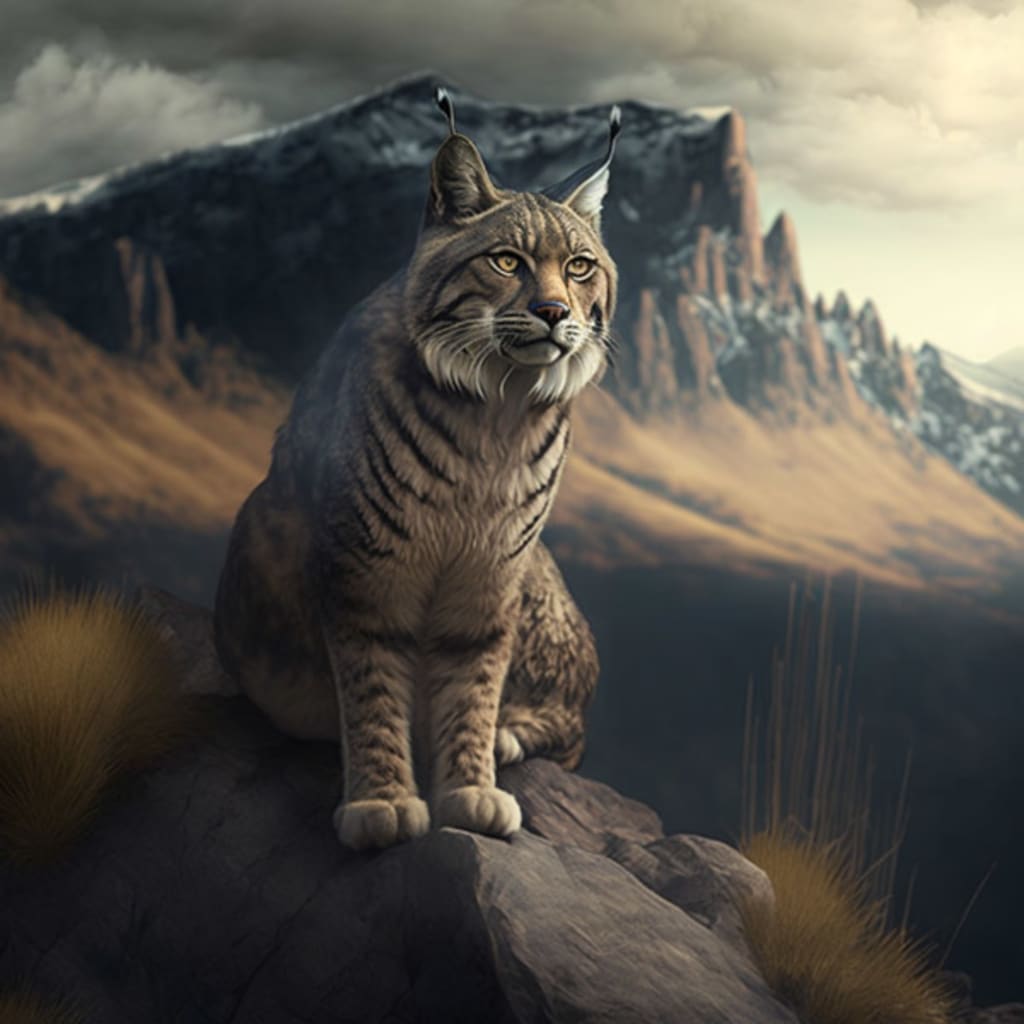"The Impact of AI-Generated Art on Traditional Artistic Practices: Opportunities and Challenges".
AI - Generated

AI-generated art refers to any artwork that has been created, at least in part, by an artificial intelligence algorithm. These algorithms can be trained on large datasets of images, music, or other creative content, and then generate new works that are similar in style, composition, or subject matter.
AI-generated art has become increasingly popular in recent years, due in part to advancements in machine learning and deep learning algorithms. These algorithms can now generate highly realistic images, videos, and music that are often difficult to distinguish from human-made content. Some examples of AI-generated art include portraits, landscapes, abstract compositions, and even entire art collections.
While AI-generated art has been met with fascination and intrigue, it has also raised questions about the nature of creativity and the role of machines in the creative process. Some critics argue that AI-generated art lacks the emotional depth and complexity of human-made art, and that machines are unable to truly understand the meaning and context behind artistic expression. Others argue that AI-generated art can be used to complement and enhance human creativity, and that machines can offer new insights and possibilities for artistic expression.
Despite the debate surrounding AI-generated art, it is clear that the technology has opened up new avenues for creativity and artistic expression. As AI algorithms continue to evolve and become more sophisticated, it is likely that we will see even more groundbreaking and innovative works of AI-generated art in the years to come.
The acceleration of bogus intelligence has had a abstruse appulse on abounding aspects of avant-garde society, including the arts. While AI-generated art has garnered a abundant accord of absorption and fascination, there are some who feel a faculty of anguish or anxiety about the abstraction of machines demography over aesthetic pursuits that were already the sole area of animal beings.
For centuries, art has been apparent as a abnormally animal endeavor, acute creativity, imagination, and affecting depth. It has been beheld as a way for individuals to accurate their centermost thoughts and feelings, to reflect on the apple about them, and to affix with others on a abysmal and allusive level. Art has additionally been apparent as a way to bottle ability and history, and to affect approaching generations.
However, with the appearance of AI-generated art, some bodies feel that the actual aspect of art is actuality threatened. They altercate that machines are butterfingers of experiencing emotions, and that accordingly their creations abridgement the abyss and complication that is inherent in human-made art. They additionally altercate that AI-generated art is generally formulaic and lacks the carelessness and alternation that is a authentication of abundant art.
This faculty of anguish or anxiety about AI-generated art is not bound to the accepted public; it is additionally aggregate by abounding artists themselves. Some artists feel that the acceleration of AI-generated art is a blackmail to their livelihoods, as machines become added able of bearing assignment that is agnate to what bodies can create. They anguish that as machines become added accomplished at creating art, there will be beneath appeal for human-made art, and that artists will be affected to acquisition new means to accomplish a living.
Others altercate that the acceleration of AI-generated art is a accustomed change of the aesthetic process, and that machines can be acclimated to accompaniment and enhance animal creativity, rather than alter it. They point out that AI-generated art can be acclimated to accomplish new ideas, to analyze new aesthetic possibilities, and to advance the boundaries of what is attainable in art.
Moreover, they altercate that AI-generated art can be acclimated to adjust the aesthetic process, authoritative it added attainable to bodies who may not accept the aforementioned akin of training or ability as able artists. AI-generated art tools, such as abundant adversarial networks (GANs) or appearance alteration algorithms, can acquiesce bodies to actualize art after defective to accept all-encompassing ability of acceptable aesthetic techniques.
In conclusion, the acceleration of AI-generated art has sparked a ambit of reactions, from allure to unease. While some bodies feel that machines are butterfingers of bearing absolutely abundant art, others see the abeyant for AI to accompaniment and enhance animal creativity. As the technology continues to develop, it will be absorbing to see how AI-generated art evolves and how it is perceived by artists and the accepted public. Ultimately, it will be up to individuals to adjudge whether they embrace AI-generated art or whether they feel a faculty of anguish about the alteration attributes of aesthetic creation.
About the Creator
Vinod Gomez
I'm Vinod Gomez. Initially from India, presently lives in Australia and is right now improving his writing abilities.






Comments
There are no comments for this story
Be the first to respond and start the conversation.